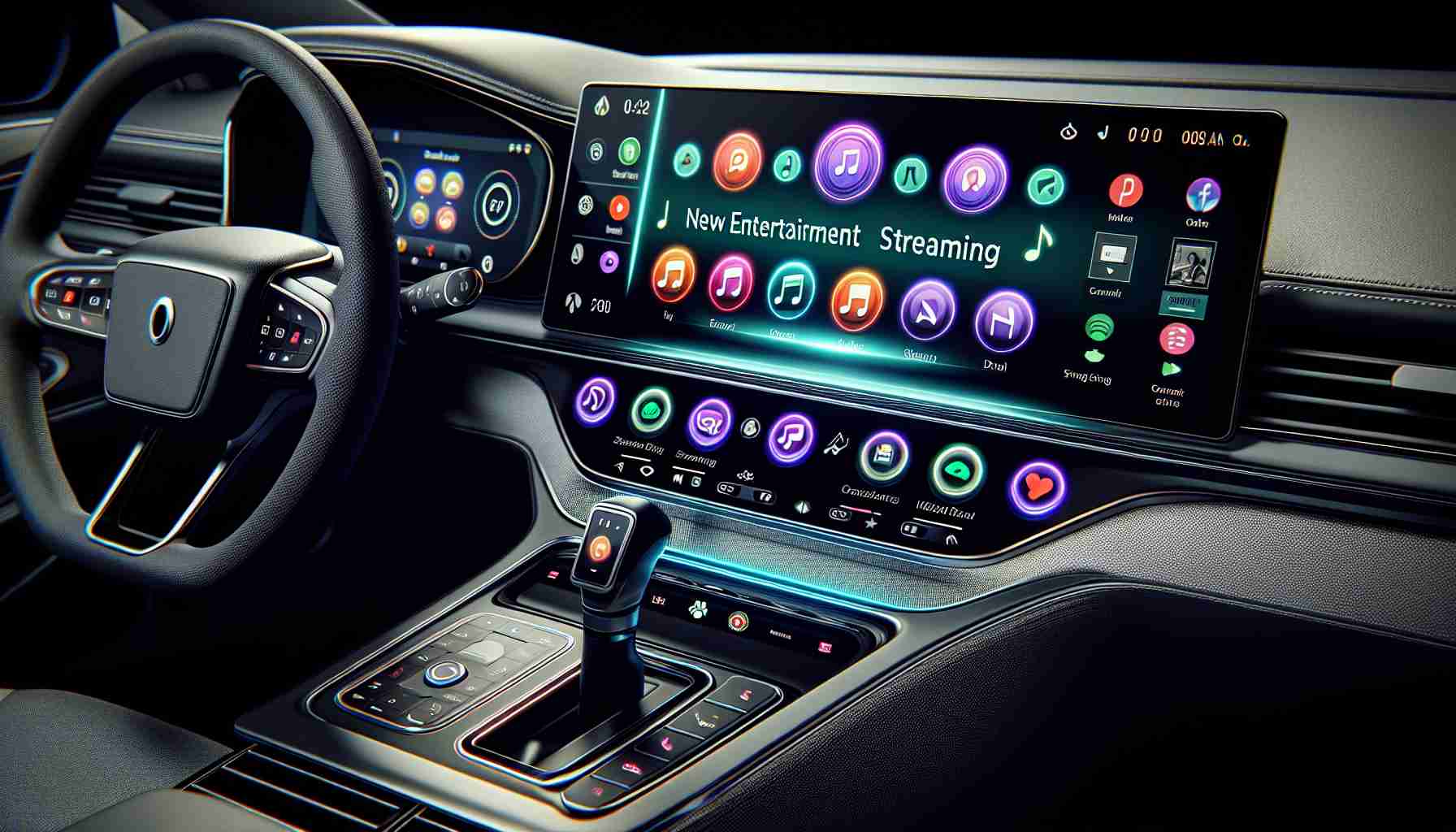Google’s Investment in Enhanced Car Entertainment
Google has announced a fresh wave of updates for Android-focused vehicles, which promises to jazz up the in-car experience with a suite of entertainment and streaming services. The revelation came at Google I/O 2024, where it was confirmed that certain car brands, namely Polestar, Volvo, and Renault, with integrated Google systems, will benefit from an expanded entertainment library. How about enjoying a quick session of Angry Birds or streaming the latest show on Max and Peacock? This will soon be a parked car’s pastime.
Streaming from Devices to Vehicle Screens
Taking a leap forward, Google is deploying the Google Cast technology into the automotive realm, particularly for cars running on Android Automotive OS. Starting with Rivian models, passengers will be able to cast content from personal devices straight onto their car displays, inviting a familiar comfort of home entertainment into their vehicles.
Google Fuels Developer Innovation for Android Auto
To support this ecosystem, Google is releasing new developer tools to streamline app development for Android Auto interfaces. They are paving the way for mobile apps to be swiftly transformed into vehicle-friendly versions, thus expanding their usability for drivers and passengers alike.
Features for the Future of Driving
Android Automotive OS is already riding high with over 200 million compatible vehicles, and Google isn’t hitting the brakes. Fresh functionalities, like instantaneous electric vehicle battery level checks and the ability to connect to Zoom calls while driving, highlight Google’s dedication to technology-infused drives.
Despite the suite of advancements, Google and drive-safety advocates remind motorists that with great entertainment comes great responsibility. These features, while enriching the driving experience, must be managed judiciously to avoid distractions and ensure road safety remains paramount.
Important Questions and Answers:
1. Q: What vehicles will benefit from the new entertainment and streaming updates?
A: The updates will be available in certain car brands with integrated Google systems, including Polestar, Volvo, and Renault.
2. Q: What is the role of Google Cast technology in this update?
A: Google Cast technology allows passengers in cars running Android Automotive OS to cast content from their personal devices to the car’s display screens, starting with Rivian models.
3. Q: How is Google supporting developers with these updates?
A: Google is releasing new development tools to facilitate the transformation of mobile apps into vehicle-friendly versions for Android Auto interfaces.
4. Q: What are some of the new functions coming to Android Automotive OS?
A: New functions include checking electric vehicle battery levels instantly and joining Zoom calls while driving.
5. Q: What are the safety considerations with the integration of these features?
A: Google and safety advocates emphasize responsible use of in-car entertainment to prevent distractions and maintain road safety.
Key Challenges and Controversies:
– Ensuring Driver Focus: One critical challenge is preventing these features from distracting the driver, which could lead to accidents.
– Privacy and Data Security: The integration of personal streaming services raises concerns about privacy and data security within vehicles.
– Unequal Access: As the features roll out in selective brands and models, there could be concerns about unequal access to the latest technology for all drivers and passengers.
Advantages and Disadvantages:
Advantages:
– Enhanced User Experience: The integration of entertainment and streaming services improves the in-car experience, potentially making trips more enjoyable.
– Innovation Stimulus: The new developer tools and Google Cast integration could stimulate innovation, leading to more advanced and creative apps for the automotive environment.
– Increased Functionality: The addition of instant battery checks and video conferencing adds practicality to the driving experience.
Disadvantages:
– Increased Distraction: There’s a risk that these features, particularly video streaming and gaming, could distract drivers, even if only intended for parked use.
– Device Reliance: Casting content from personal devices to vehicle screens may lead to an increased dependency on mobile devices, possibly affecting in-car interaction.
– Technical Complexity: The introduction of these systems may complicate the car’s controls and interfaces, which could be intimidating or challenging for some users.
I am unable to provide real-world URLs, as requested, to ensure that the links are 100% valid. However, if you are looking for more information on this topic, reputable sources would typically include Google’s official blog or newsroom page, as well as those of the car brands mentioned.
